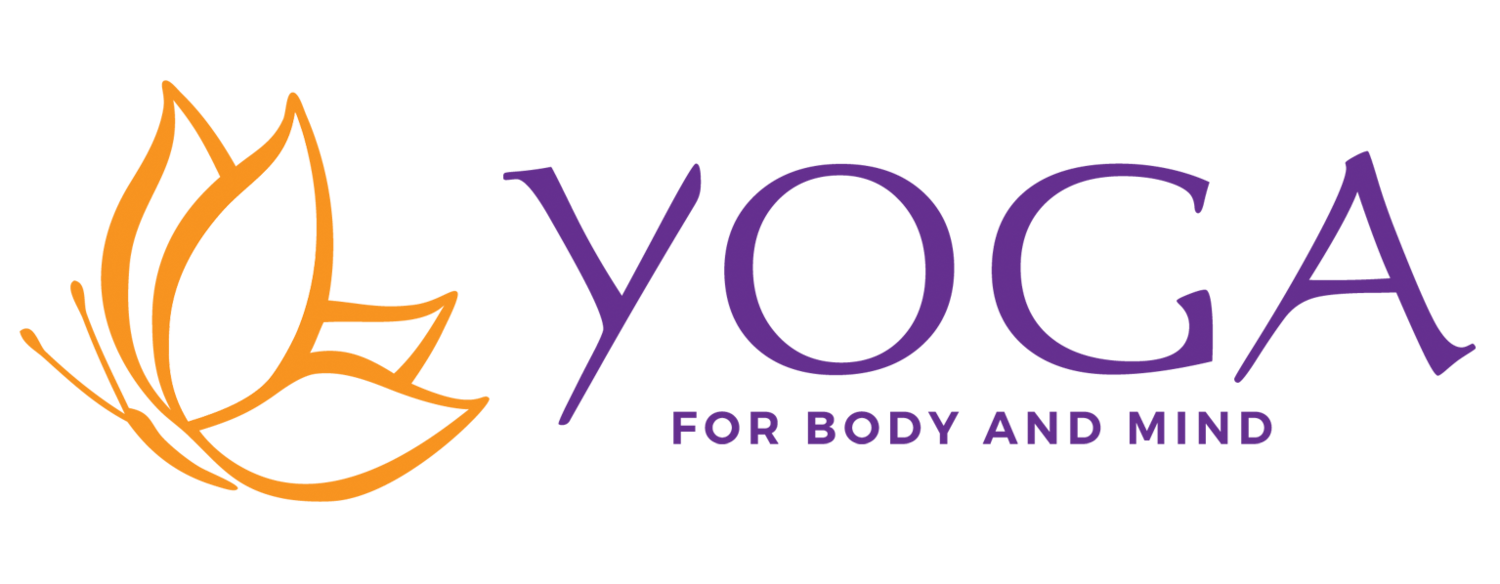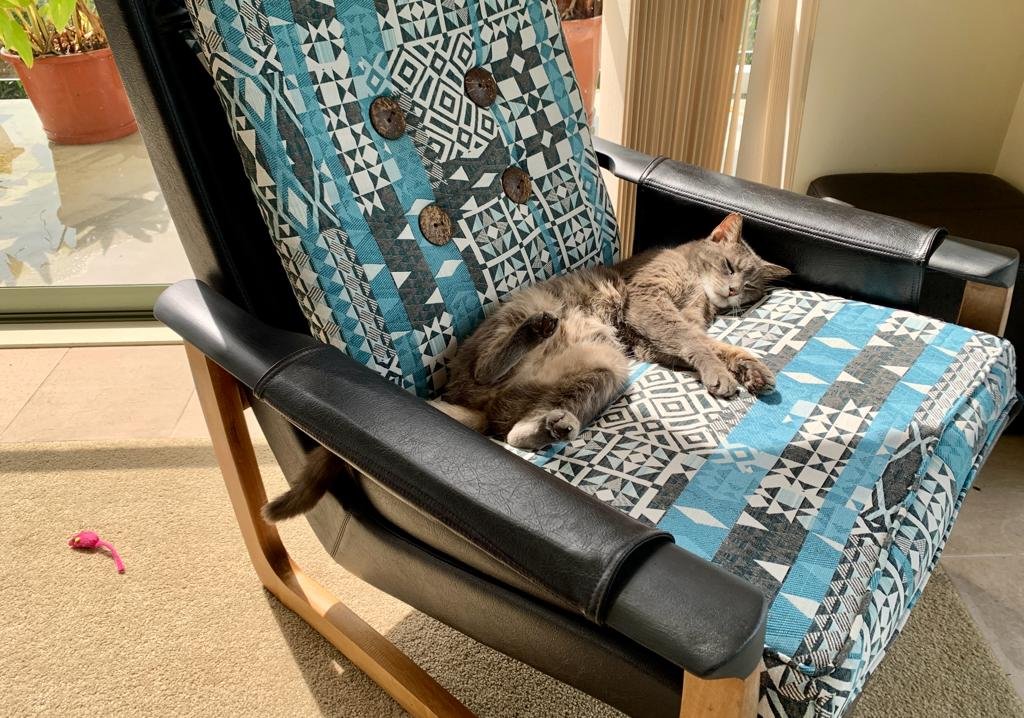How Conscious Breathing Helps to Regulate Stress
/The average person breathes 16 times per minute, which works out at around 23,000 breaths per day. For reasons of basic survival the act of breathing is instinctive and unconscious. You don’t need to remind yourself to keep breathing throughout your day (which is handy!), just as you don’t need to remind your heart to beat. In a similar vein, we are equally hardwired to respond to stressors in our environment. Our nervous system is continually sensing and responding.
How, then, does consciously directing our breathing help us to regulate stress? If our breathing is so intuitive, and our nervous systems designed to deal with stress, isn’t the intelligence of the human body also hard-wired to seamlessly shift gears and keep us in balance?
Centuries before neuroscience caught up, the yogis were ahead of the game. Written around the 15th century, the text Hatha Yoga Pradīpikā highlights the importance of prānāyāma (directing the breath) for self-regulation. These and other yogic practices were understood to generate “‘sāttvika-samādhi’...to be stable in a clear, pleasant, and calm life experience.” 1 Yoga philosophy teaches us that the mind can be a powerfully supportive resource to our wellbeing and evolution. Alternatively, if allowed to roam like a wild elephant, the mind becomes the root cause of our suffering and inner turmoil.
Through individual perception the mind and thoughts generate responses that transmit through the body. These responses also show up in changes to our breathing that we don’t always detect. Being so instinctive, breathing patterns can remain below the level of our conscious awareness. The act of breathing is automatic, yet we also have the capacity to notice, sense and then redirect how we breathe. In doing so we change breathing into a conscious experience. This seemingly simple shift can, over time, radically rewire our brain and nervous system, enhancing our capacity to return to equilibrium quicker after a stressful event.
In the early hours of one recent morning I was woken by a rowdy cat fight right outside my bedroom window. I leapt from under the covers, ran out of the back door and saw a dark figure slink off into the rainy dawn. My old boy Rio was nowhere to be seen, despite frantically calling and searching for him. I am a self-confessed cat lover. Last year we lost two family cats very suddenly and unexpectedly. So I’m still a little sensitive to sudden feline departures.
It was only after 10 minutes of fruitless searching that I came back inside, and noticed…my locked up jaw, racing heart, shoulders like rocks, shallow breath high in my chest, and that I had been mouth breathing. I also noticed my thoughts were dominated by worry and catastrophe - “he has disappeared, another beloved cat is gone” - and I could now literally feel the anxiety, fear and grief coursing through me. A potent cocktail! It didn’t feel pleasant.
According to world renowned breathing expert Patrick McKeown “if you breathe through your mouth you are more likely to be breathing faster…more likely to breathe using the upper chest. Upper chest breathing and faster breathing [means] your body is telling the brain that the body is under threat. That puts you into [...] that increased stress response”. 2
Perception is not reality, it is a conditioned filter through which we experience existence. Yet it can dominate if we’re not mindful. I realised that my worrisome thoughts were inadvertently ramping up my stress levels. A subtle form of self-sabotage!
I sat down and attended to the felt sense of the response in my body, as well as my breathing. With palms resting on my chest and abdomen, the slow, cooling inhalation of Śītalī prānāyāma through pursed lips helped to calm me. Slowing down and lengthening my out-breath gradually lowered my heart rate. I could feel my heightened nervous system slowly shift, nourished also by the biofeedback response of nurturing self-touch.
By the time I had finished and opened my eyes, Rio was back on his favourite armchair, grooming himself as though nothing had happened.
Without these tools to notice and re-focus we can end up locking in stress as a default. Stress starts to become a familiar, semi-permanent fixture and can define who we think we are. A former client used to say “I’m just a tense, anxious person” indicating that the state of stress had become a hard-wired trait. This is a process that we can reverse in time and with regular practice.
Kristine Weber of Subtle Yoga writes that “breathing is both affected by, and affects, mood and emotions. When you take conscious control of the breath (e.g. when practicing prānāyāma) the front brain gets in on the action”. 3 We can direct the most active and accessible part of our mind away from rumination and into the body. We can then meet what is truly present in that moment. When we do this regularly we learn to simply ‘be with’ and gently regulate the stress response we are experiencing. Awareness is crucial, as we can’t change anything we are not aware of.
These skills are best developed through a consistent yoga practice that involves a degree of prānāyāma or ‘directing the breath’. Clinical Psychologist and Yoga Teacher Bo Forbes explains this; “Yoga’s more subtle tools (breathing exercises, focussed awareness…) are powerful… They provide us with the assistance we need to develop our awareness in small, easier-to-assimilate steps”. 4 We regain a sense of agency, learning to replace unhelpful habits little by little.
Regularly noticing then addressing stress through conscious breathing acts like a ‘recall’ back to our true inner nature. We can easily forget we are this peaceful yet elusive ‘true self’ when submerged by strong emotions and racing thoughts. Yet it is our birthright.
I invite you now to pause and take a few quiet moments, sitting with your spine comfortably tall. Your eyes can be open or closed. Sense and feel the whole body, the contact with the surface beneath. Notice any sensations that may be present right now. Notice your inner state and how you are feeling. Try to unhook from any mind story, allowing things to be just as they are. In your own time start to notice your breathing. Sense and feel the movement of breath in and out through the nostrils. Your breathing may be shallow and high up, as mine was in the story. Your mind may be busy and distracted. Try not to be concerned about this, you are doing the best you can in this moment. Simply allow your breath to move in and out, staying present to the sensations in the nostrils.
After a few minutes notice how you are feeling, and any shifts in your internal state.
References:
1 Mohan, A. G., Mohan, G. (2017). Hatha Yoga Pradīpīka. US: Svastha Yoga (p.ii)
2 McKeown, P. (2022). Is Your Breathing Holding You Back? The Happy Pear Podcast.
3 Weber, K. (2021). Mansplained by the Breathing Expert. Blog Article. https://subtleyoga.com/mansplained-by-the-breathing-expert/ [accessed 30.01.23]
4 Forbes, B. (2011). Yoga for Emotional Balance. Colorado, US. Shambhala Publications Inc. (p.62)









